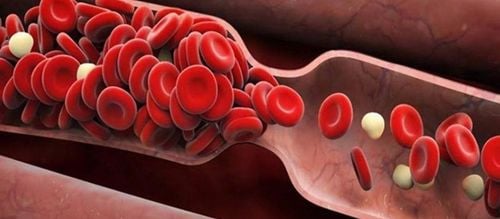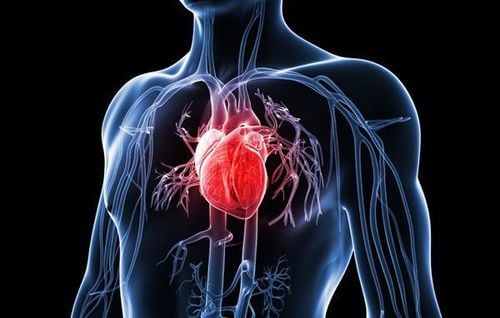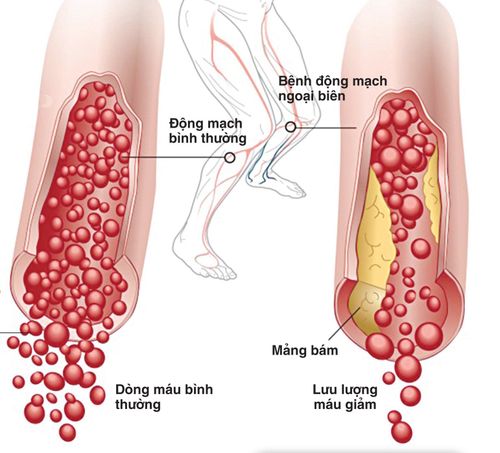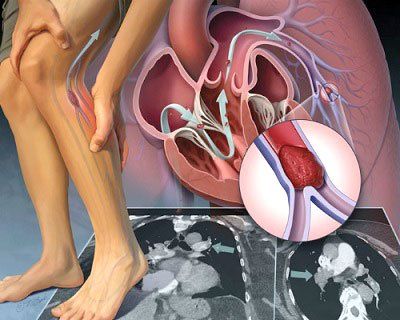This is an automatically translated article.
The article was professionally consulted by Specialist Doctor II Nguyen Quoc Viet - Interventional Cardiologist - Department of Medical Examination & Internal Medicine - Vinmec Danang International General Hospital.1. What is a visceral aneurysm?
An aneurysm is a condition in which part of an artery wall bulges, stretches, thins, and weakens the artery wall. Visceral aneurysms mainly occur in the abdominal aorta, the arteries that carry blood to the liver, kidneys, gastrointestinal tract, spleen, and pancreas.Normally, the visceral artery has an average size of about 6 - 8mm, the abdominal aorta is larger, about 12-15mm in diameter. An aneurysm is when the diameter of an artery is dilated, increasing its size to more than 1.5 times its normal size.
To date, the exact cause of visceral aneurysm is unknown. However, atherosclerosis, the degeneration of blood vessels, is believed to be the reason for the dilation and aneurysm of the arteries.
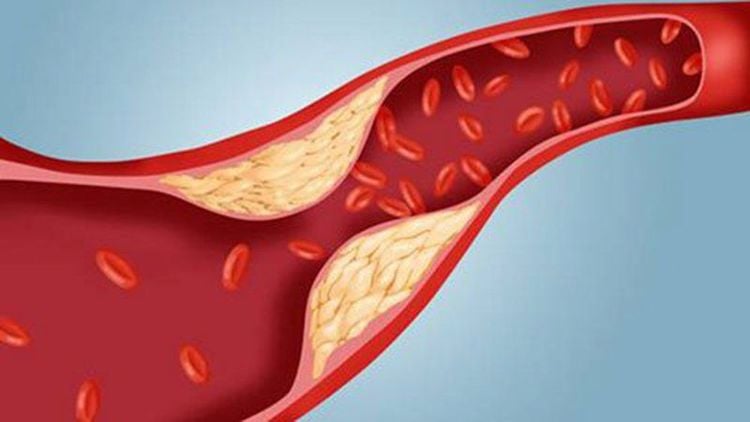
2. Symptoms of visceral aneurysm
Depending on the damaged artery, there will be related symptoms, if the renal artery aneurysm is, there will be symptoms of hypertension, renal dysfunction. Most visceral aneurysms go undetected until the artery ruptures. Because the disease mainly occurs in the abdominal aorta, the common symptom is abdominal pain, the umbilical region appears transient, sometimes severe epigastric pain.
When ruptured, the disease causes symptoms:
Acute blood loss: due to rupture of the aneurysm, causing large bleeding. Consciousness disorder. Rapid pulse (120 beats/min), sudden drop in blood pressure (70/40 mmHg). If emergency treatment, when aspiration of the abdomen shows a lot of non-clotting blood. Visceral aneurysm is a particularly dangerous disease because the risk of rupture of the aneurysm segment is very high, even with small aneurysms. If the disease is not detected early and treated promptly, especially when the artery ruptures, it will easily lead to death.

3. Diagnosis of visceral aneurysm
Unruptured visceral aneurysms can be diagnosed with imaging tests such as ultrasound, X-ray, computed tomography (CT scan), magnetic resonance imaging (MRI). In particular, ultrasound and CT scan are the two main methods used to diagnose and detect disease.
Computed tomography is a non-invasive technique and allows accurate assessment of the location and size of the aneurysm, as well as some of the complications that the disease causes such as arterial occlusion, narrowing of the opening of the artery. , abdominal bleeding, ...
4. Treatment of visceral aneurysms
For visceral aneurysms found to have not ruptured, if the aneurysm diameter is less than 2cm, the patient should be monitored periodically to assess the size, condition and progression of the disease. The patient may be prescribed blood pressure medication to limit the dilation of the arteries.
For visceral aneurysm with large aneurysm diameter, over 2cm, the patient should be treated and closely monitored. The following treatment methods are available:
Conventional surgery: The patient underwent surgery to remove the aneurysm and repair and regenerate the branches of the main blood vessel. However, this method has many limitations such as long surgery time, visceral artery ischemia during surgery which needs to be controlled and preserved, high risk and complications after surgery.

Intravascular surgery alone: instead of open surgery, patients with visceral aneurysms are placed with a metal stent outside the aneurysm. This method has many advantages such as: less invasive, suitable for elderly patients. However, surgery is expensive and requires high technique if it has to be performed on many branches of the artery. Hybrid surgery combines conventional surgery and endovascular intervention: by combining and applying the advantages and disadvantages of the two methods mentioned above, Hybrid surgery has the advantages of reducing surgery time and reducing treatment costs. , because depending on the shape and damage of the aneurysm, the doctor will choose the appropriate treatment technique. However, this method requires modern facilities, equipment and a team of highly qualified and experienced surgeons. Visceral artery aneurysm is a dangerous disease. Patients with ruptured aneurysms need immediate emergency treatment to limit the risk of death.
Vinmec International General Hospital is the leading medical address for aneurysm diagnosis and treatment. It has all the necessary medical equipment to perform simple to complex treatments such as medical treatment, stent-graft intervention,... Professional medical team Highly qualified, trained and certified in technical skills, can handle quickly and effectively, especially in emergency emergencies. Therefore, patients with artery-related diseases can rest assured with a strict, methodical and effective treatment process at Vinmec.
Please dial HOTLINE for more information or register for an appointment HERE. Download MyVinmec app to make appointments faster and to manage your bookings easily.






